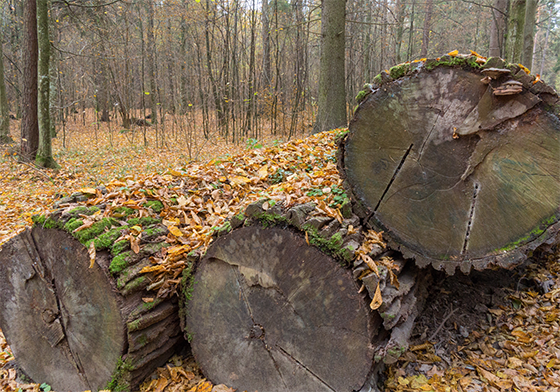
Millipedes are small, worm-like pests. Though generally harmless, on a rare occasion millipedes can cause an allergic reaction when the sticky substance they release when distressed comes in contact with skin and eyes.
Understanding where millipedes live, hide, and harbor will aid in your millipede control process.
Use this guide to learn where millipedes live.
Outdoors

Millipedes are attracted to dark, damp, moist areas. They also like to be close to their food sources. That is why millipedes can often be found near or among rotting organic material, like rotting leaves, wood piles, and compost. In small numbers, millipedes can be helpful in breaking down rotting material.
Millipedes are also attracted to rotting fruit and vegetables, meaning you may find them among your garden or beneath fruit trees.
Damp lawns will provide a source of water for millipedes, as will soggy flower beds.
Another place millipedes may be attracted to outdoors is mulch and pine straw in garden beds near the foundation of a building as these organic materials hold moisture. Their proximity to homes can lead to an indoor millipede infestation.
Indoors

Millipedes generally cannot survive indoors, but when they are found indoors, they are usually in damp areas like basements, garages, crawl spaces, and window wells.
Millipedes typically enter a home by crawling though basement windows and doors, cracks in structure foundations, and garage doors. As millipedes will look for water sources, they may also be found near leaking pipes or dripping faucets.
Taking steps to remove entry points for millipedes will help to prevent them from entering your home. See our guide on how to prevent a millipede infestation for more information.



